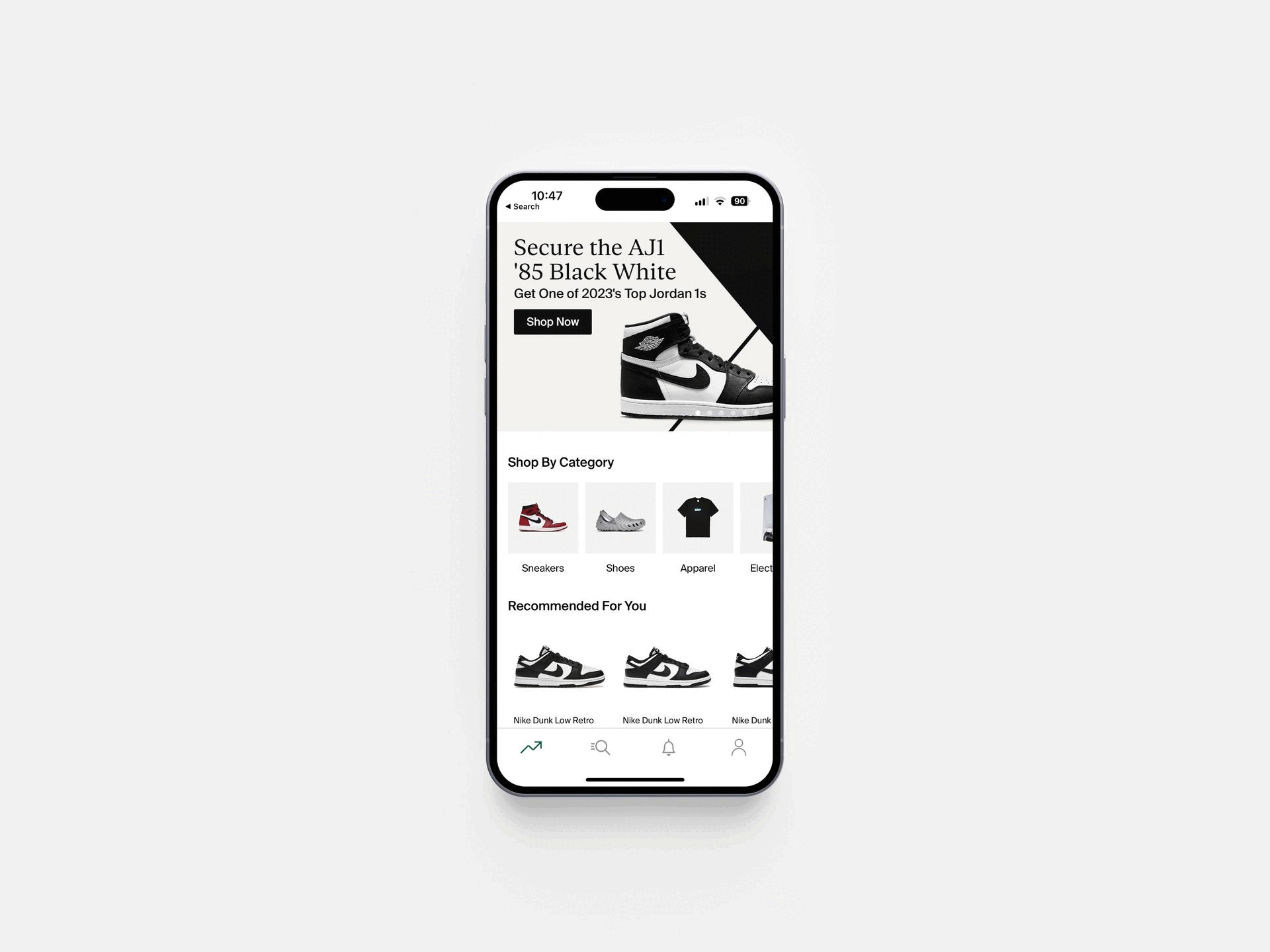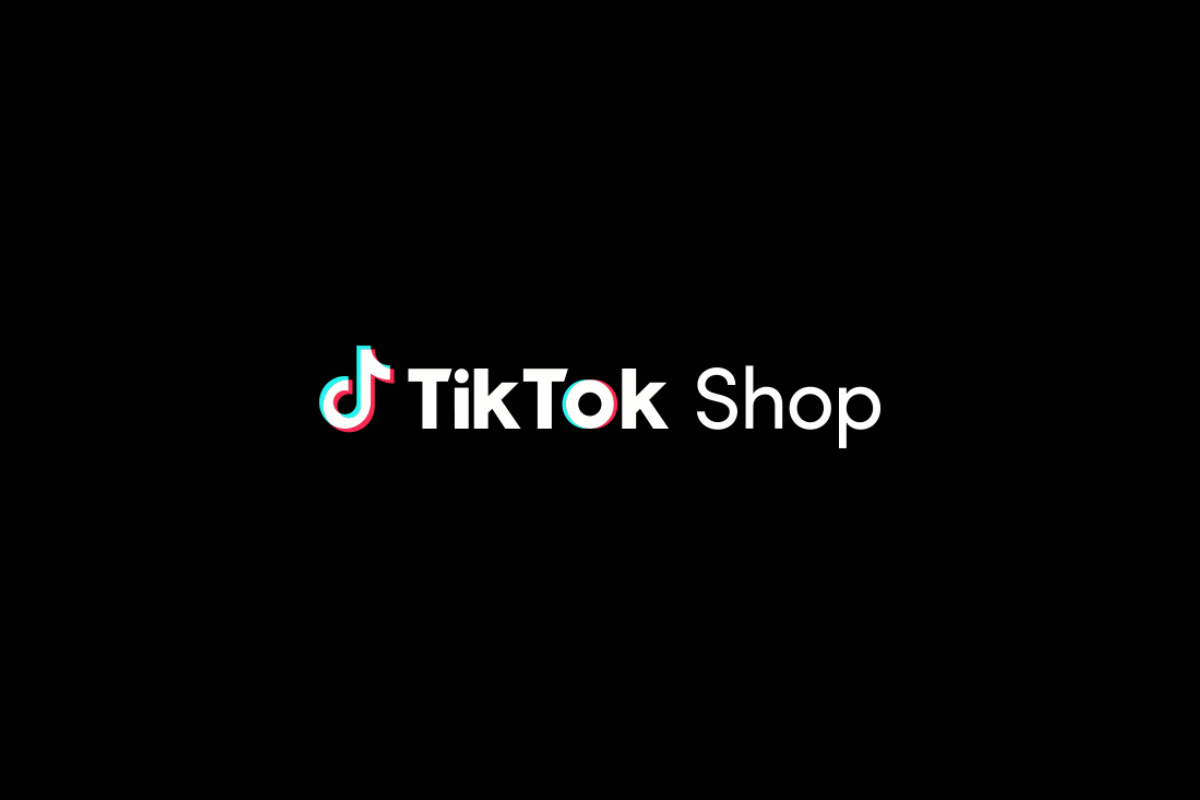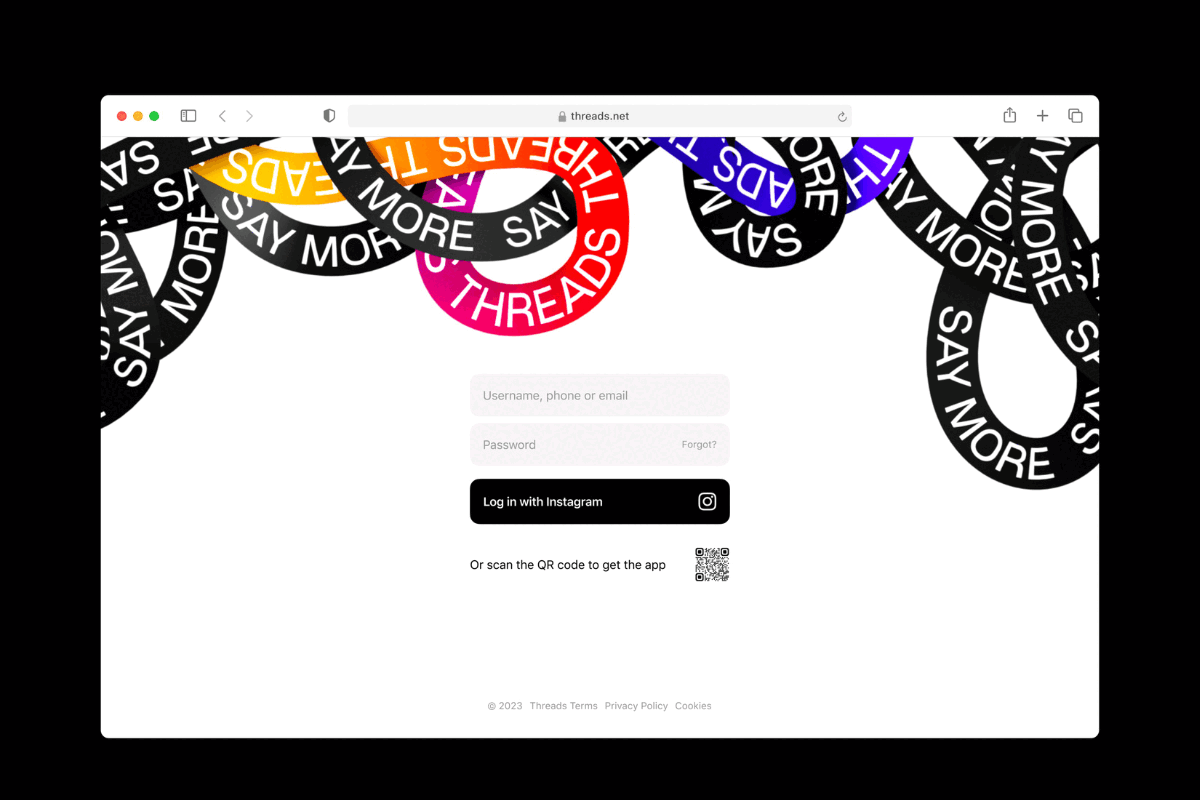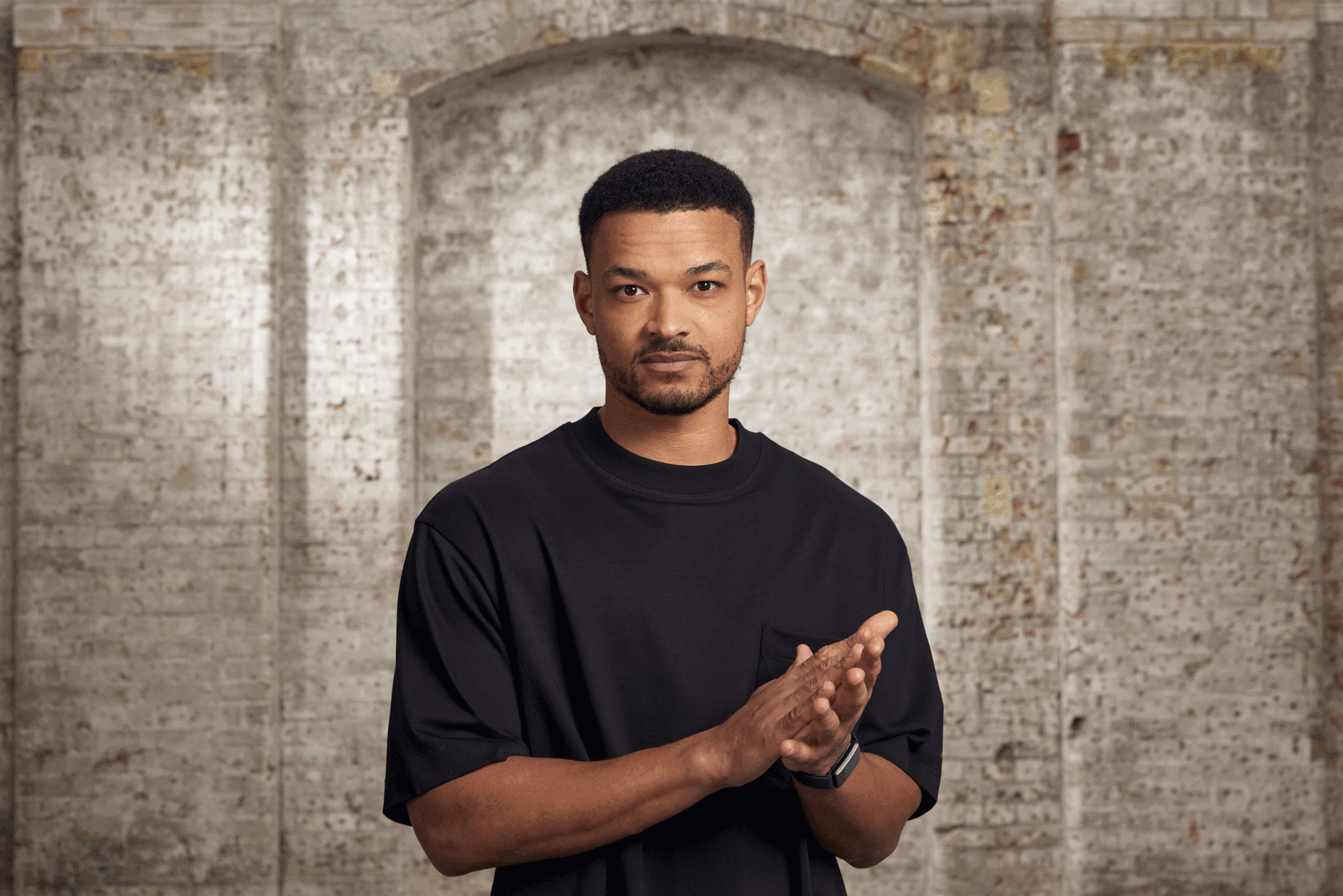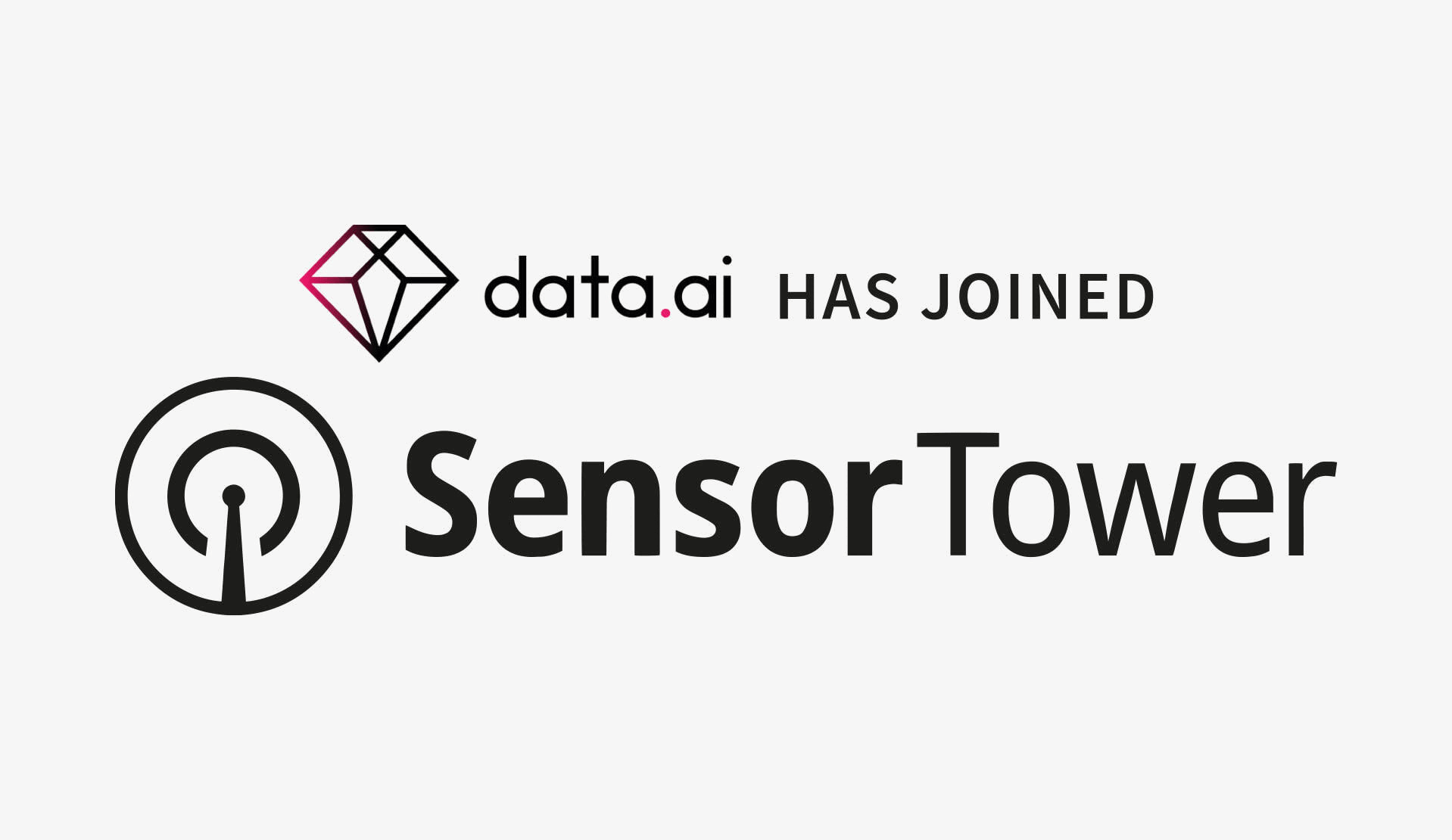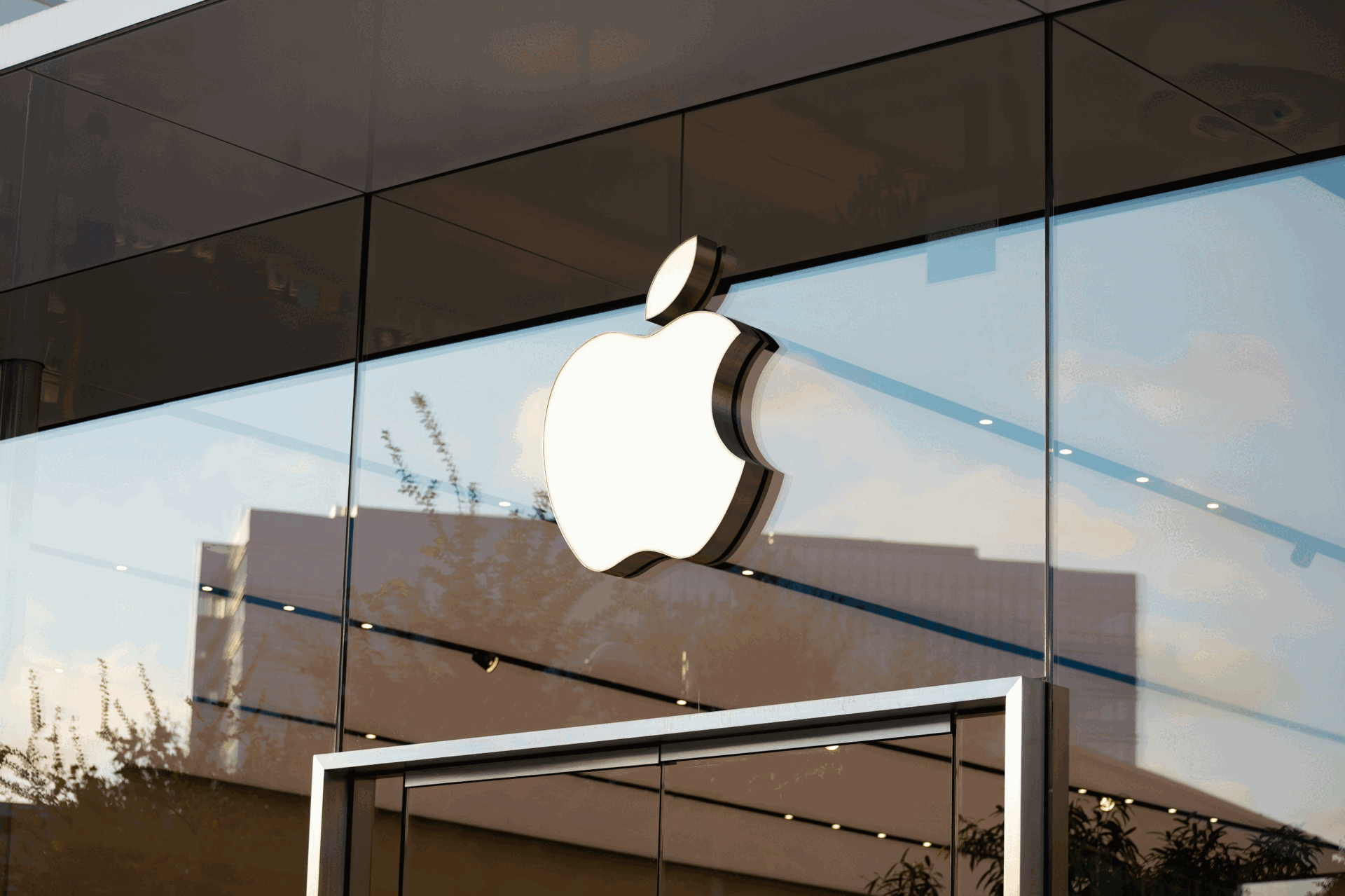CES: All The Biggest Announcements
- Friday, January 6th, 2017
- Share this article:
Its been a packed week at CES, the Las Vegas show that traditionally sets the pace for the year to come in tech. We cast our eye over the most important stories, across four of the shows biggest trends.
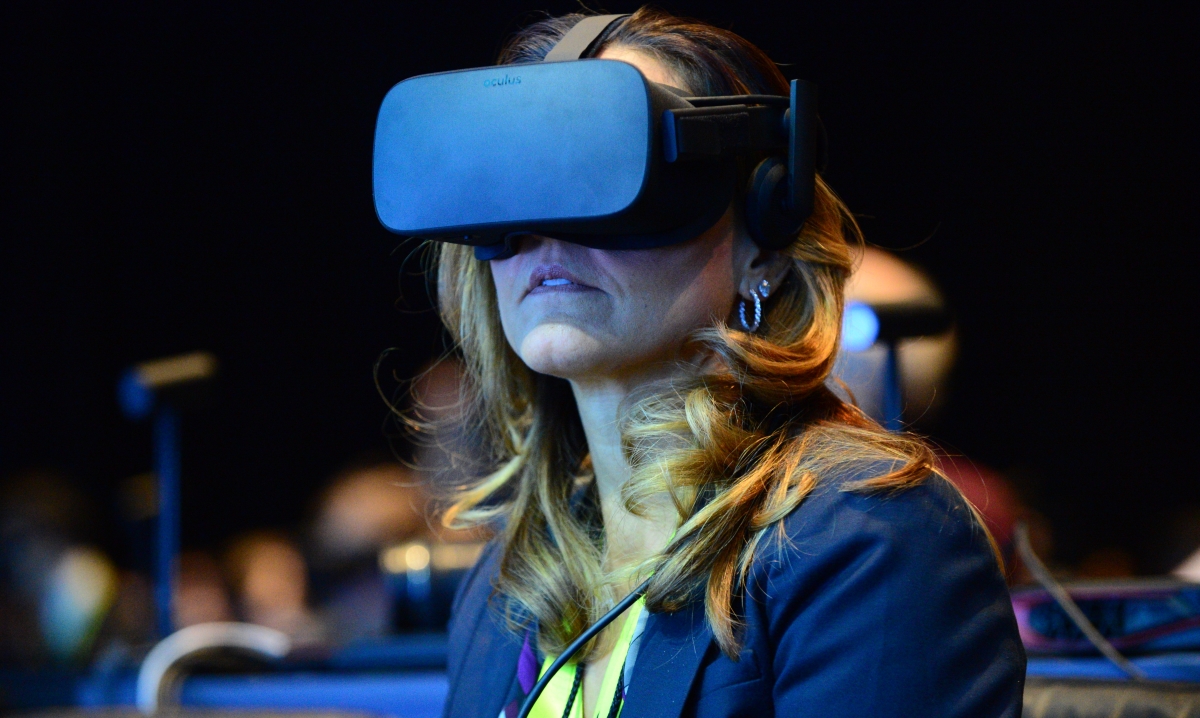
VR
Having ruled the roost last January, Virtual Reality made much less of a showing at this year’s CES. That makes sense, given that the first wave of headsets all launched last year, and that they failed to make any real impact on mainstream consumers.
Intel started to demonstrate Project Alloy, the ambitious untethered room-scanning VR headset it first announced last August, with early reports sounding positive. Google named the next smartphones to supports Daydream, its next generation of mobile VR: the Huawei Mate 9, Asus Zenfone AR and ZTE Axon 7. Osterhout Design Group revealed two pairs of mixed reality smartglasses, the consumer-facing R-8 and enterprise-ready R-9, both powered by the Qualcomm Snapdragon 835 processor.
And for any VR users feeling like the outlay on a headset and compatible computer or console isn’t quite expensive enough, there was Taclim, a pair of boots from Japan’s Cerevo which let the user ‘walk around’ in VR while staying rooted to the spot.
The only real launch of a VR headset at the show, however, came from Lenovo. Its headset – which currently doesn’t have an official name – promises to be smaller, lighter and more high-resolution than the HTC Vive or Oculus Rift, for a pricetag of $400 or less when it’s released later this year.
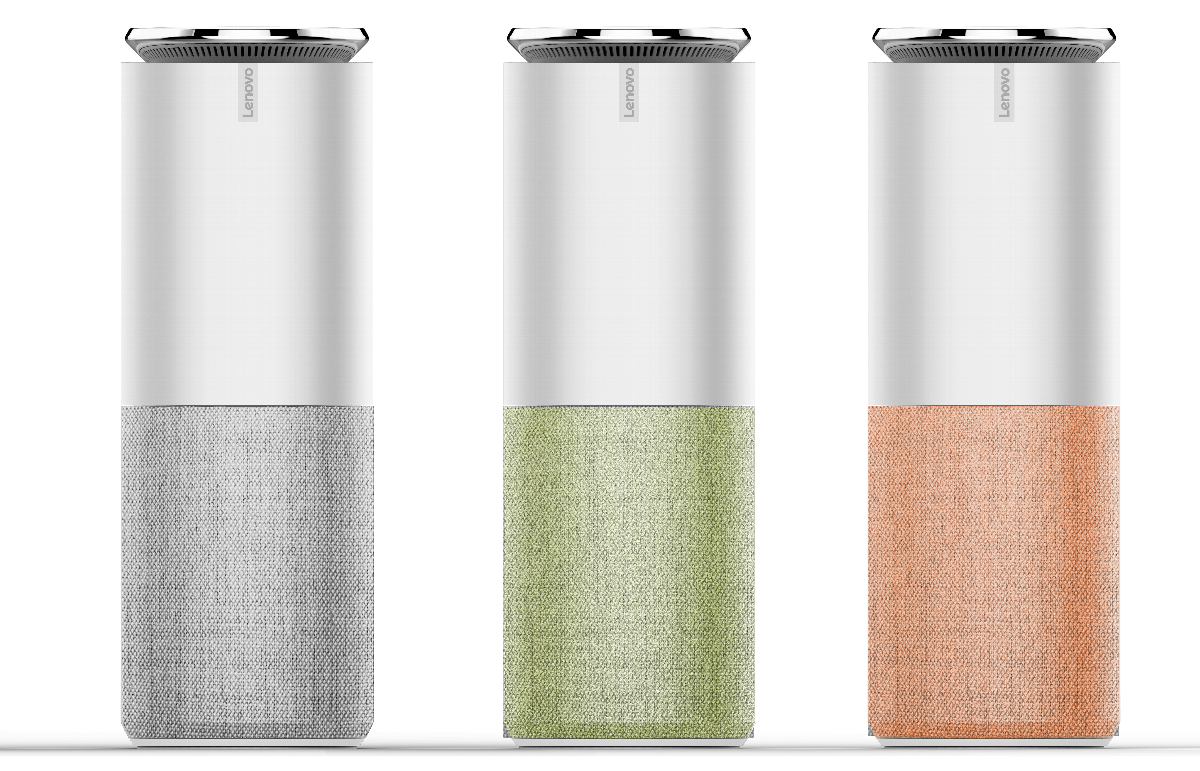
Assistants
Virtual assistants were everywhere at this year’s CES, both as hardware and software. On the former front, we saw a host of companies showing off their answer to Amazon Echo or Google Home.
Lenovo unveiled Smart Assistant, a cheaper alternative – or, for the Harman Kardon version, the same price with better speakers – powered by Amazon’s Alexa. LG revealed the Hub Robot, resembling a Google Home with two glowing eyes added on, which promises to work with LG’s smart fridges, ovens and even robotic vacuum cleaners. Baidu showed Little Fish – a similar device created for its home market of China, which is marked apart by the inclusion of a touchscreen and camera. The camera will be used to track faces, and to keep its swivel-mounted display facing the user at all.
Even toy brand Mattel got in on the act, with Aristotle, a $300 connected speaker and baby monitor which is loaded with not only Alexa but Mattel’s own assistant, also called Aristotle. The latter is designed specifically to appeal to children, offering bedtime stories and simple games, and – perhaps most importantly – promises to be able to interpret the speech of young children much better than its competitors.
On the software side, meanwhile, Alexa made appearances all over the show. The assistant made its way into its first smartphone, the Huawei Mate 9; a humanoid robot in the form of Ubtech’s Lynx; and, as you’ll see below, a wide variety of other technology. 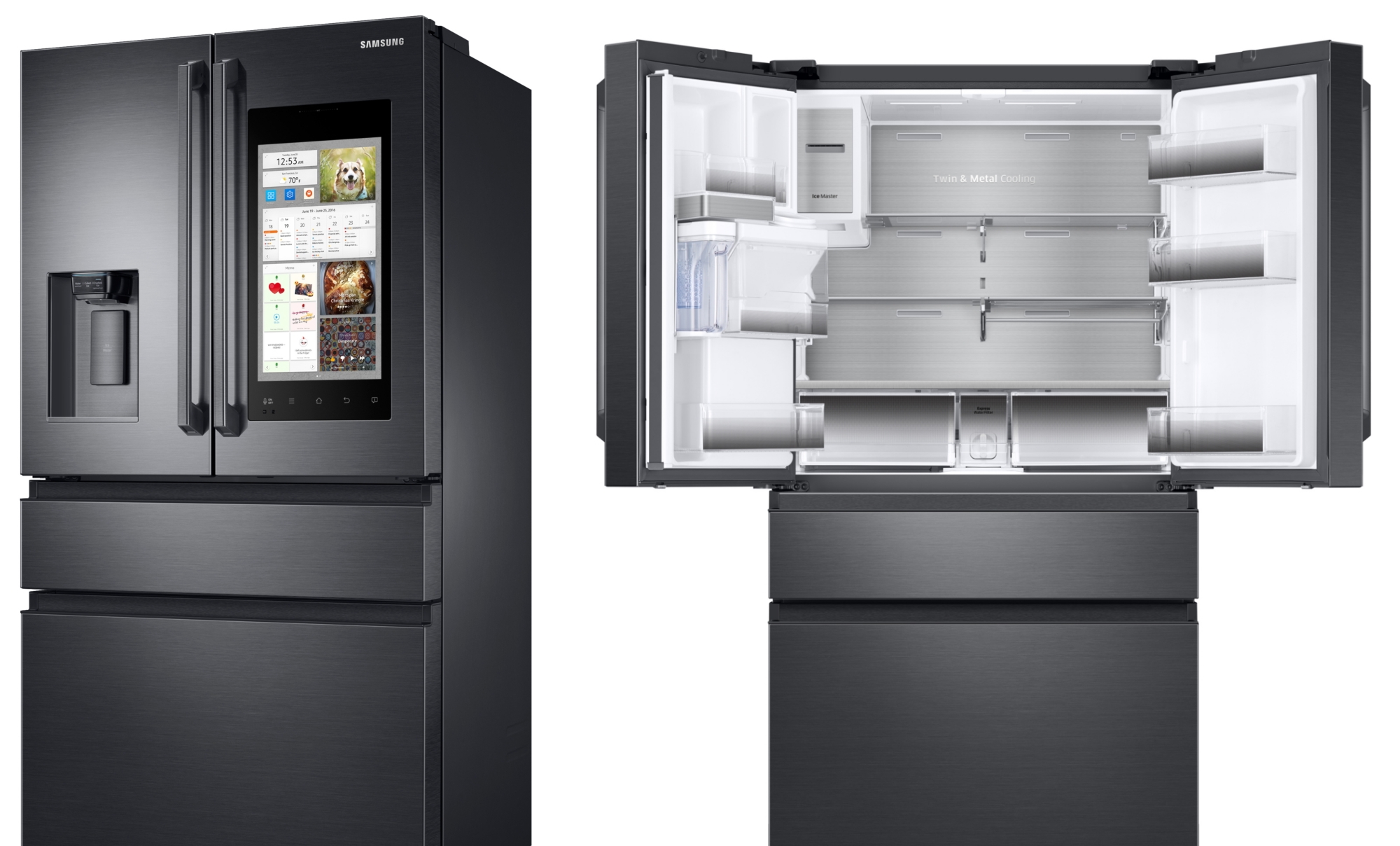
Connected home
LG unveiled Smart InstaView, a voice-controlled connected fridge powered by – you’ve guessed it – Alexa. As with the Echo, this enables the InstaView to play music and make purchases on command. The fridge also comes with a touchscreen to show its contents via a panoramic camera, and warn of any products approaching their expiration dates.
There were also a number of connected home devices which didn’t have Amazon’s virtual assistant built in but are compatible with it, via the Echo or another Alexa-powered device. This list included Whirlpool, which took the wraps off a whole host of Alexa-integrated products including ovens, fridges, washers and dryers, letting users do everything from set the temperature to check on how long a wash has left using their voice.
Alexa still isn’t the only option for bringing smarts to your white goods, though. Samsung showed off its own range of connected fridges, which combine a touchscreen with voice controls, to offer functionality including recipes, a virtual noticeboard and third-party apps like Pandora – without using Amazon’s software.
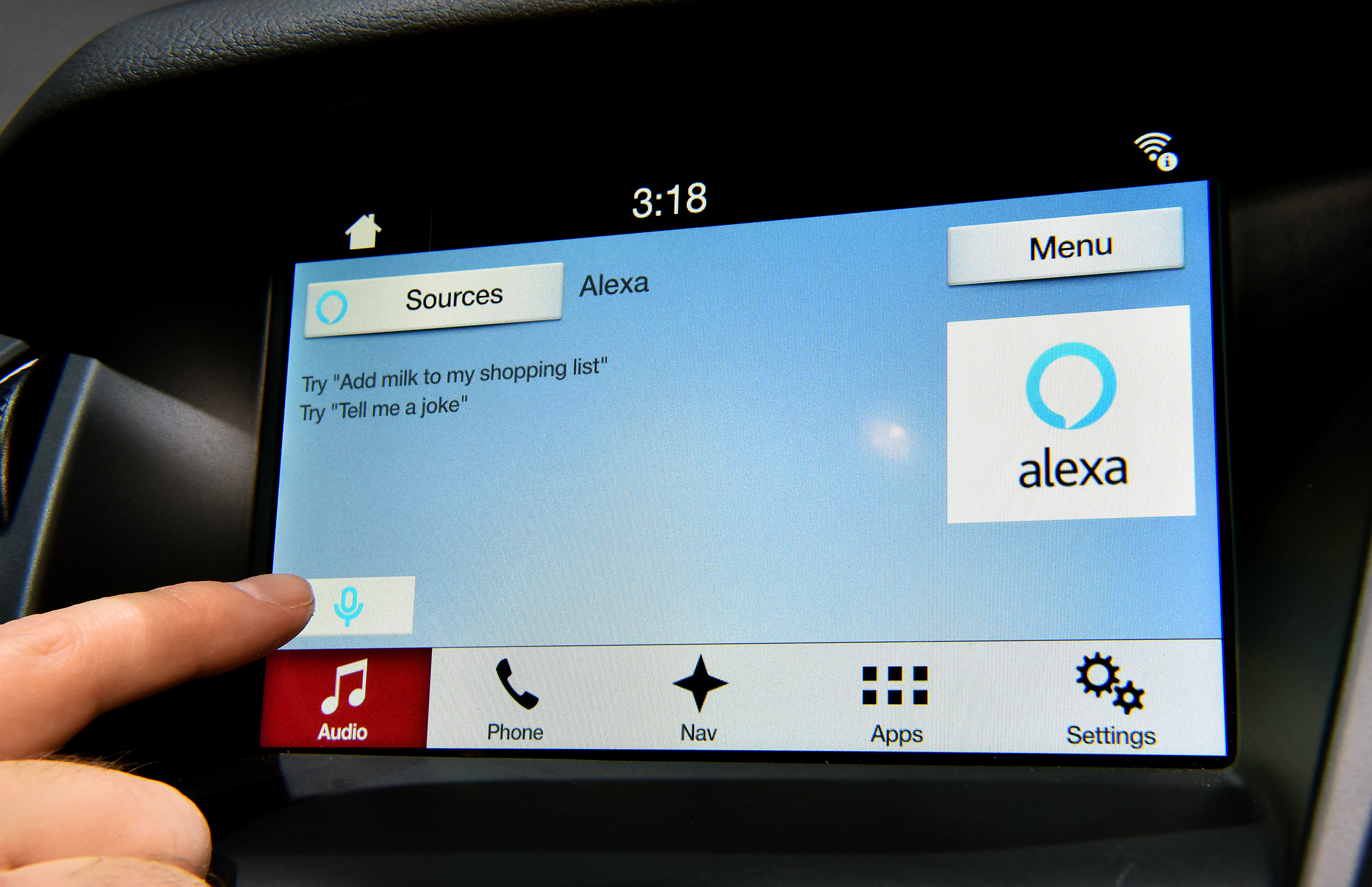
Automotive
Alexa also took the wheel when it came to connected cars at the show. Amazon teamed up with Ford to integrate its virtual assistant with Ford Focus Electric, Fusion Energi and C-Max Energi vehicles later this month, enabling Echo owners to lock the car doors, start up the engine or check up on its current status through voice controls. This is the first phase of the partnership which is set to bring Alexa inside the car, to control the Sync 3 system while driving, sometime this summer.
Inrix also announced that it will be integrating Alexa into OpenCar, its connected car platform. But finally putting Amazon’s apparently world-conquering assistant aside, the week saw plenty of other developments in the automotive space.
BMW announced plans to bring a fleet of around 40 self-driving cars to the roads in the second half of 2017, using technology from Intel, as well as demonstrating the integration of Cortana, Microsoft’s virtual assistant, into its cars. Microsoft also unveiled its Connected Vehicle Platform, a set of services built on the Microsoft Azure cloud which will initially feature on board Renault-Nissan vehicles.
In partnership with Visa, Honda showed off a proof of concept for in-vehicle payments which would enable drivers pay for services such as petrol and public parking through smartphone integration. Chrysler revealed its Android-powered Uconnect in-car platform, while Bosch demonstrated a concept car with touch-free, haptic controls built into the dashboard.




